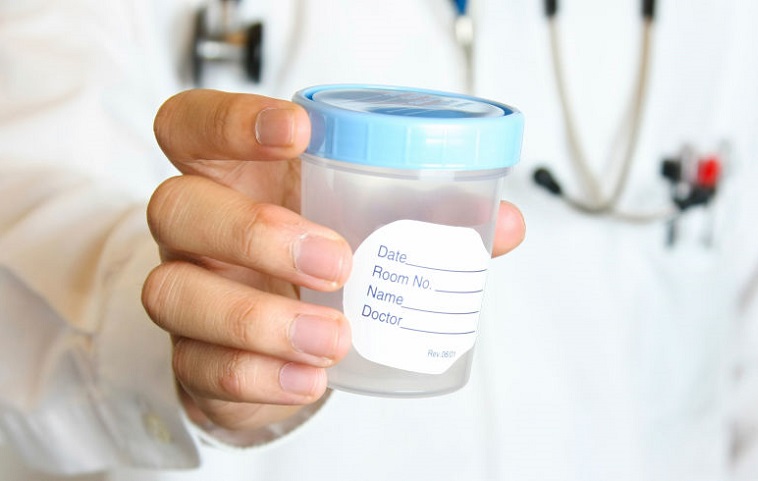Weak ovarian reserve and IVF treatment

If the sperm did not come out once in TESE (testicular sperm extraction), what is the probability that it will come out again?
3 October 2022
What is the pregnancy vaccine?
3 October 2022Weak ovarian reserve and IVF treatment

Weak ovarian reserve and IVF treatment
In order to successfully apply IVF treatment, it is necessary to obtain a large number of healthy eggs. However, unfortunately, a weak ovarian reserve means a negative for the treatment process in this regard. However, it is necessary to consider why this is so and what measures can be taken against it. Before we look at the basic information about the relationship between poor ovarian reserve and IVF treatment, we need to see how IVF treatment works.
How is IVF treatment carried out?
In IVF treatment, a pregnant woman is given ovarian stimulating drugs, and thus, although usually 1 egg is produced every month, more than one egg is produced. The healthiest of these eggs are taken and fertilized with the healthiest sperm of the future father. The result is an embryo
This embryo is placed in the womb of the expectant mother and pregnancy is expected to begin. Sometimes the embryo attaches to uterus and initiates a pregnancy, sometimes it cannot hold on and results in a miscarriage.
When IVF treatment fails, process is experienced from beginning or, if embryo is frozen, next embryo is transferred to uterus. As a result, abundance of embryos in the treatment process greatly increases chances of future mothers and fathers to succeed in future trials.
What causes a weak ovarian reserve?
Normally, women produce one egg every month, however, thanks to the stimulating drugs used in IVF, more than 3-4 follicles can be obtained at once. Weak ovarian reserve is manifested by less than 3 eggs at this stage of egg collection. This situation poses a risk for treatment, as the number of embryos formed decreases and the probability of selection decreases.
Weak ovarian reserve usually occurs after the age of 30, because by the mid-30s, the supply of healthy eggs in women is almost depleted. Because every month 1 egg comes to the uterus, but thousands of eggs are destroyed and cleansed by the body throughout life. The number of egg follicles in a newborn child is much higher than in a woman who has entered puberty.
In some, the number of congenital follicles is low or the follicles disappear due to various disorders. Since this situation is irreversible, it is not possible to increase the number of follicles.
Weak ovarian reserve and IVF treatment
The shortage of eggs available from IVF leaves specialists with fewer options for embryos. And also often lower quality eggs are spawned at the same time as a weak supply. It is even possible that healthy eggs cannot be obtained from follicles. Thus, a situation with a weak reserve directly reduces the likelihood of treatment success.
To avoid this problem, experts recommend that women begin IVF treatment before they reach the age of 30. The sharp decline that occurs after age 35 is quite risky for IVF treatment, but there are also women whose follicle supply drops to dangerous levels before they reach 35 years of age.
In addition, some women may experience faster loss of follicles due to various diseases. For this reason, it is important to protect reserves by actively fighting disease. Many diseases of the reproductive system have a direct impact on the function of the ovaries and therefore these ailments must be eliminated so that the ovaries can produce the right number of eggs.
Since by the age of 40 the ovarian reserve becomes almost unusable, the success rate of IVF in women at this age is less than 20%. Therefore, you should carefully follow the advice of your specialist in this regard.

